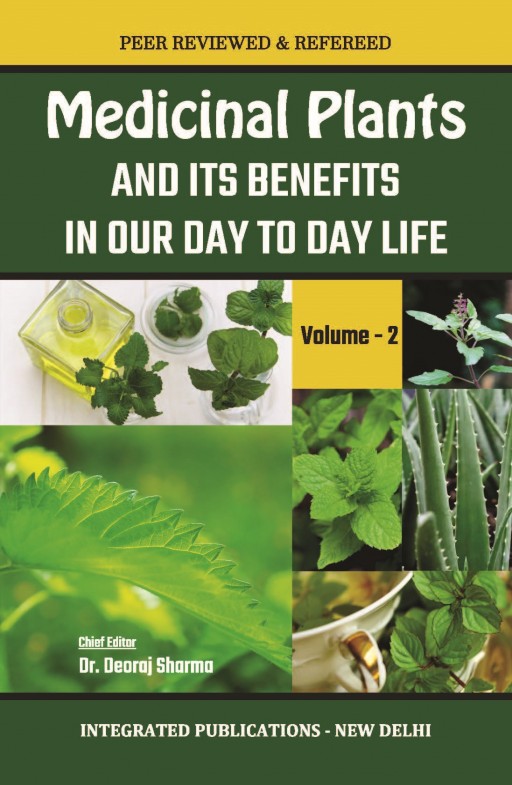Tomato: Nutrients and Potential Benefits of Tomato


The tomato is one of the most important horticultural crop grown in the world with great economic value. Tomato plant has many interesting characters such as fleshy fruit, a sympodial shoot and compound leaves which other model plants (e.g., rice and Arabidopsis) do not have. It contains around 95% of water and 5% of carbohydrates and fiber and supplies many forms of antioxidants, vitamins, potassium and phosphorus. Tomato nutrition includes vitamin E, niacin, pantothenic acid, choline, betaine, calcium, iron, magnesium, phosphorus, zinc, copper and more. Tomatoes are also considered as an high-antioxidant food and one of the best sources of the phytonutrient called lycopene in the world. Lycopene present in tomato has well-researched beneficial effects when it comes to hinder cancerous tumour growth and closely related to enhance immunity and cancer risk reduction. Lycopene is also very much useful in the therapy for vascular inflammatory disorders. Although most people correlate lycopene with deeply coloured red tomatoes, it is believed to present in equally high quantities in organic yellow, green or orange tomatoes. Despite botanically being a fruit, it is generally eaten and prepared like a vegetable. Because of its all-round qualities, Dieticians and Nutritionists often recommend tomatoes in cholesterol controlling and weight-reduction diet programs. This topic gives you an overview on the efficacy of supplementation with tomatoes, mechanisms linking lycopene in the human diet and vascular changes, nutrition and various health benefits associated with tomato.